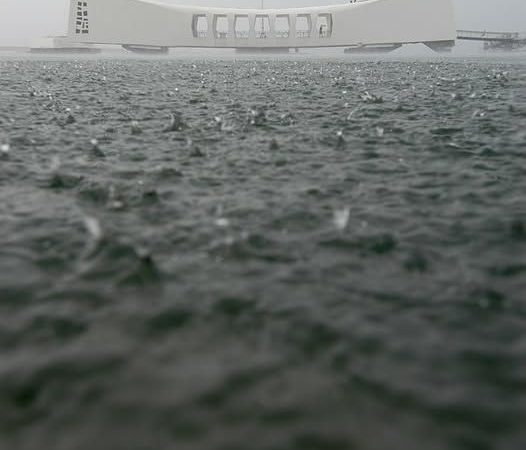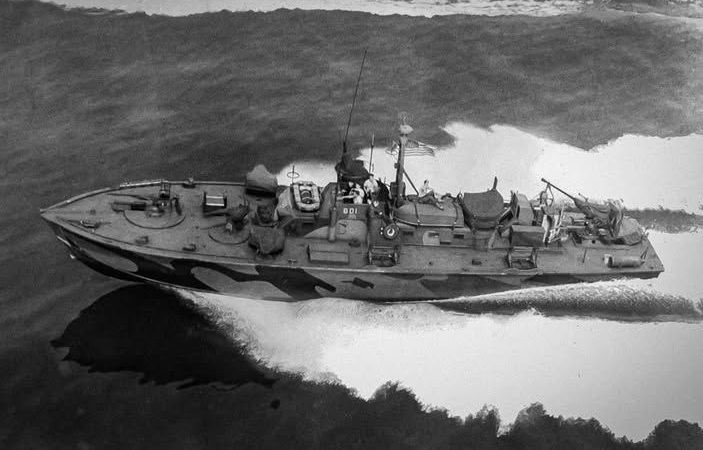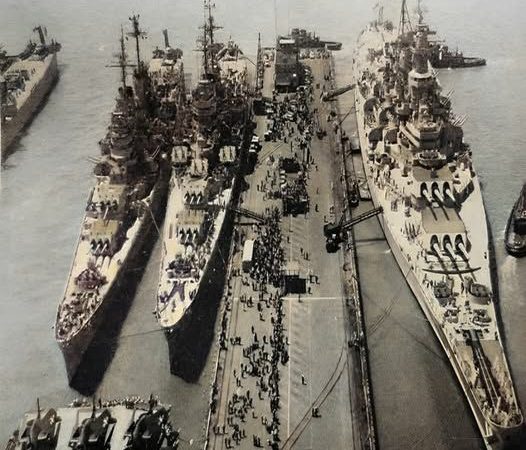Exploring the Depths: The Fascinating World of Submarines
Submarines, marvels of engineering, navigate the depths of the ocean with unparalleled precision. These water-tight vessels, resembling ships in structure, possess a unique capability to travel underwater, revolutionizing naval warfare and exploration alike.
The concept of submarines emerged prominently during World War I, marking a pivotal moment in naval history. Germany’s strategic utilization of submarines to disrupt surface merchant vessels underscored their potency in warfare. At the heart of their arsenal lay the torpedo, a self-propelled underwater missile, which became synonymous with submarine warfare.

Central to the operation of submarines is their ability to control buoyancy. As they prepare to submerge, these vessels fill their water tanks, increasing their weight until their average density surpasses that of seawater, enabling them to descend into the depths. This controlled sinking is a testament to the precision of submarine technology.

To resurface, submarines employ a simple yet ingenious mechanism. By expelling the water from their tanks and replacing it with pressurized air, they lighten their load, ascending back to the surface with ease. This intricate balance of weight and buoyancy allows submarines to navigate the ocean depths with agility and efficiency.

Beyond their military applications, submarines play a vital role in scientific research and exploration. From studying marine ecosystems to mapping underwater terrain, these vessels unlock a world hidden beneath the waves, offering invaluable insights into the mysteries of the deep.

In conclusion, submarines stand as marvels of modern engineering, bridging the gap between the surface and the abyss below. Their ingenuity, versatility, and strategic significance continue to shape maritime endeavors, reaffirming their status as indispensable assets in naval fleets worldwide.



